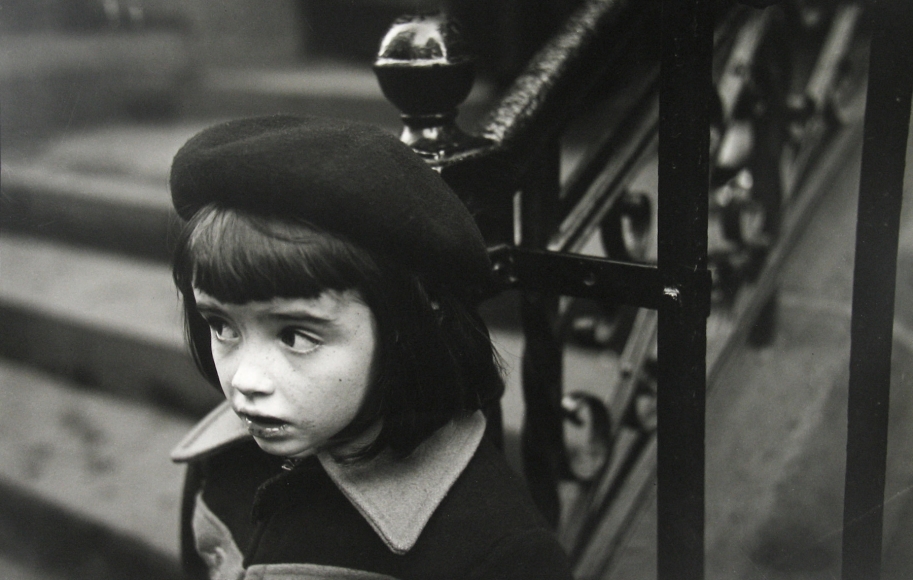Hashtag Throwback Thursday. Here is a photograph of me with my brothers and sister on the east side of Buffalo, New York, sometime in the late 1970s. I am a milk belly with a mop of yellow hair in hand-me-down clothes. I am new with wonder. My life is being taught to me in drips and drops by my brothers and by my sister, though they don’t know they are teachers. Everything they do is hilarious, and everything they do is serious, even the hilarious. Everything they do is confident. They take the path and see where it goes and I follow. This is the song. It is a ring of a big bodied guitar and a bass groove. This is the song I want to sing. I sing a song for them, for the them of this photograph that were the cops and robbers. The army men and nurse. The Jim Craig tending the goal in the Gold medal game. To the them that were the skateboard freaks, carousel eyes, and cassette tapes. The them that were leather jackets, stolen cigarettes and sucker punches. The boot steps in deep snow that I stepped into. I sing a song for them and for the freedom of childhood. For the treed streets that became sets in the movie that was our lives. This throwback Thursday is for the comfort of laughter. The hardness of rocks. The cuts, and bruises and scratches of play. The drenched wetness of rain. The elasticity of time. For the impossibly long days of bicycle rides to fields with snakes. The glass dishes of penny candy in the corner store. The anything is possible possibility of the day.
Hashtag Throwback Thursday. Here is a photograph of my childhood friend, Kelly Shea, circa 1979. Kelly Shea lived down the block from me. She was my constant companion and daily playmate until someone at school cruelly chanted that we were sitting in a tree, K-I-S-S-I-N-Ging. After which, we proceeded to politely nod to each other as we passed each other in the street. Kelly Shea came from a large Irish family. Her father was a teacher. He was white-haired and wore button downs and khakis. She was blue eyes and milk white skin. Kelly Shea, aged 8, was a good reader but not the best pupil. By this I simply mean that she tended to daydream in class, routinely getting called on and fumbling out of her reverie to flip pages or stare at the ceiling hoping for an answer. She had assiduously begun going to the movies and seemed to be lost in the moving pictures even after they stopped. She was a great fan of the French New Wave, and sacrificed milk at lunch and gum at the corner store to save her allowance for tickets. She smoked at 9 and I would see her sitting on a guardrail after school, lazily puffing away while reading the French Magazine Les Cahiers du Cinema. I had no idea she could read French. She told me about Antoine Doinel, the fictional character created by French film director Francois Truffaut. It was cold and the smoke from her cigarette hung heavily around us as she spoke. It was autumn and the ground was a sponge. She pressed her maryjane’s into the soggy ground, concentrated on the telling. The 14-year-old Doinel, she told me, was a troubled Parisian boy who skips school, eventually turning to street life and petty crime in response to neglect at home by his parents. Towards the end of the film, he is sent to a reform school, from which he escapes for places unknown. Then she looked away from me for a moment. She turned her head into the direction of that unknown, going there herself. This was before I knew how language worked. Before I knew the phrase, is everything okay? Instead, I photographed her with an old Kodak Brownie that I had unearthed in the mountains of detritus in my basement which consisted of the physical memories of the lives my parents lived before having children and also of the pieces of our own childhood that we had surpassed. I snapped her picture looking down into the viewfinder. She moved three weeks later and I never saw my first true friend and daily companion again.


